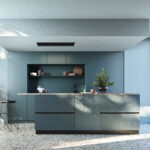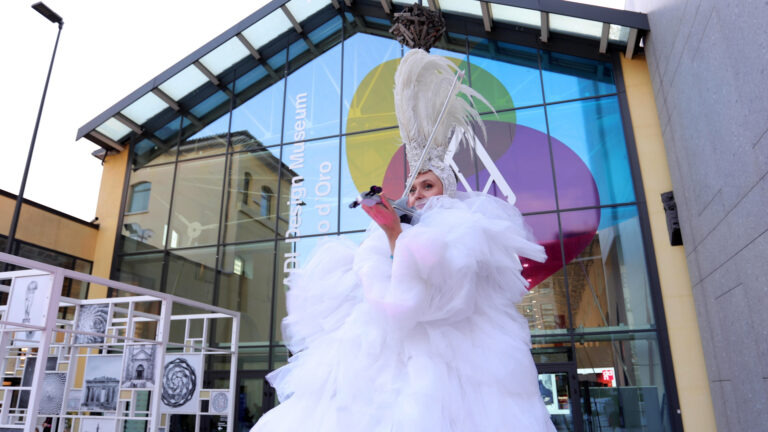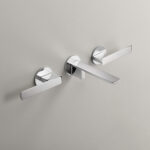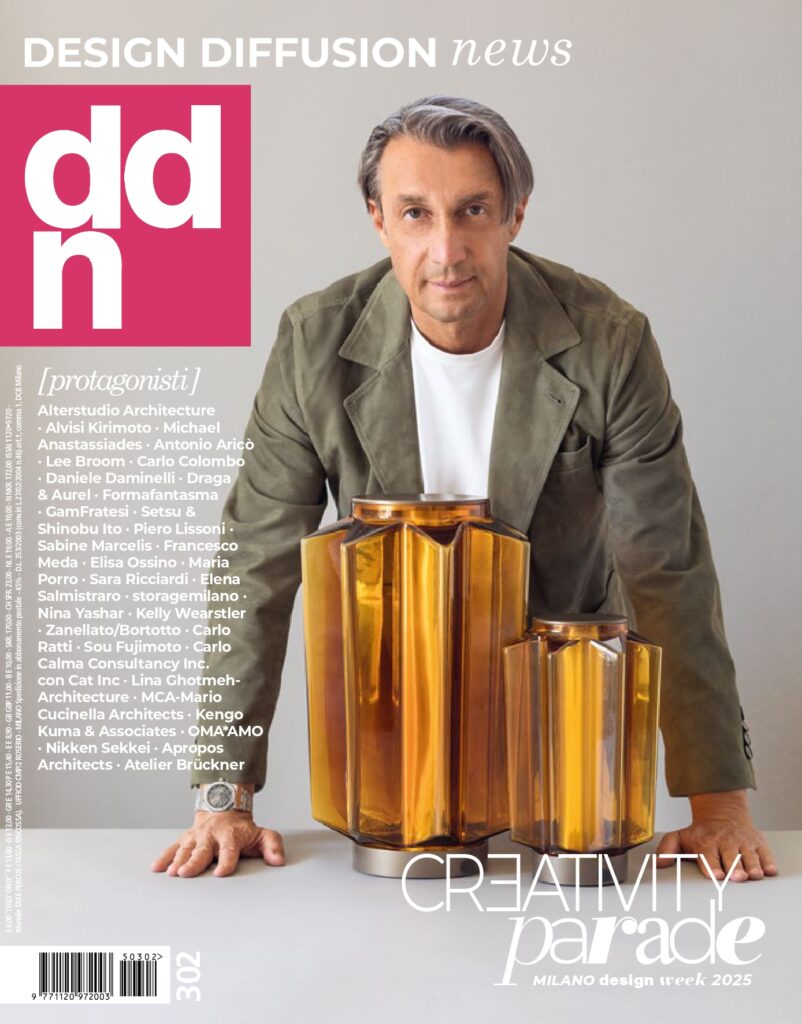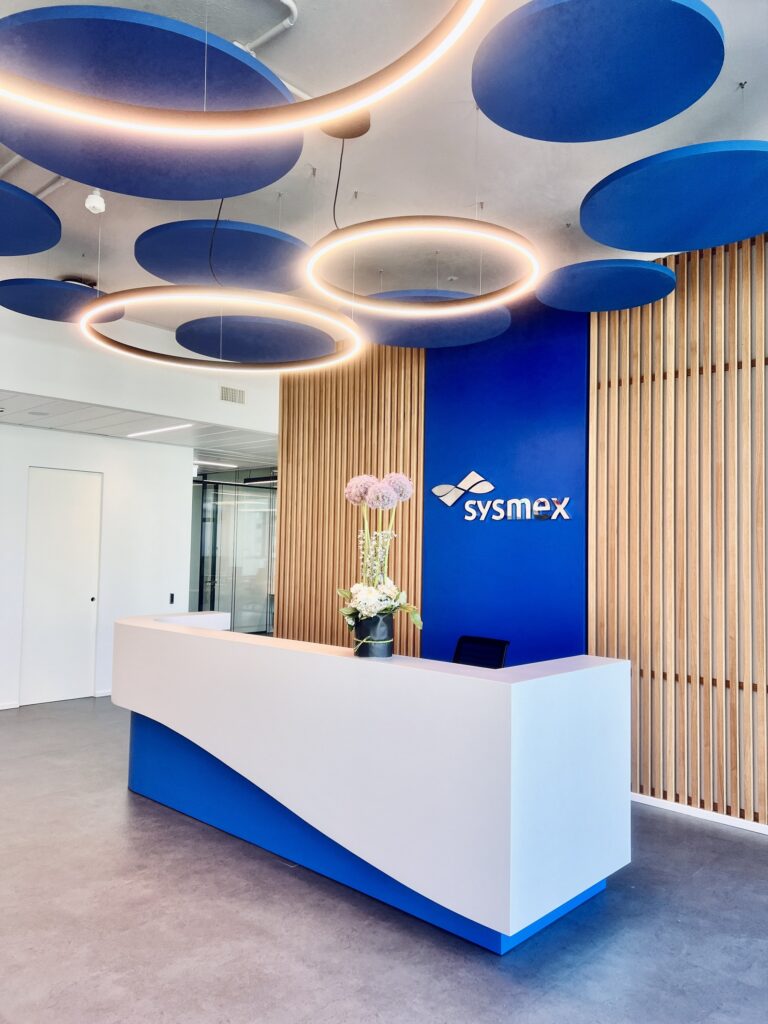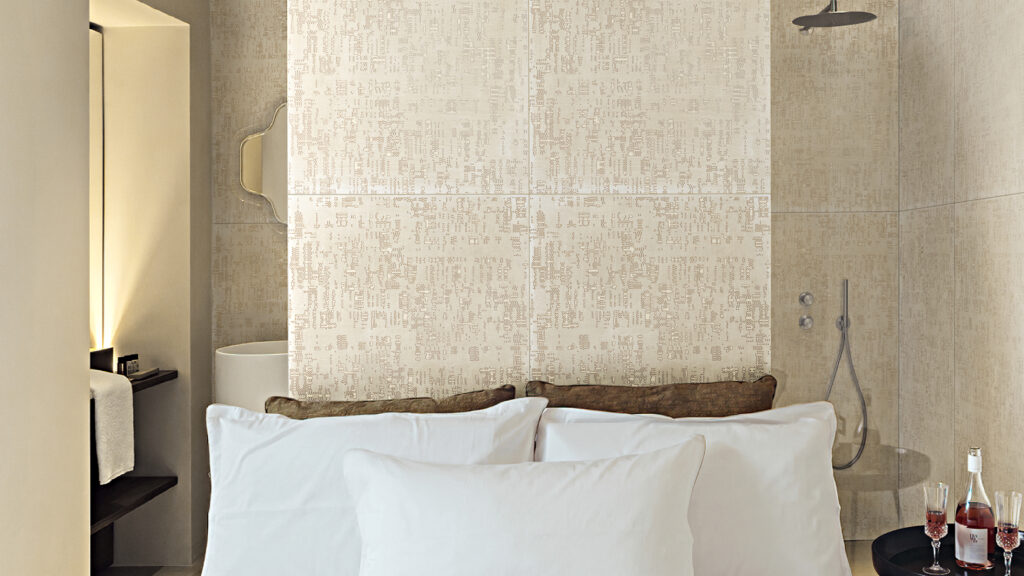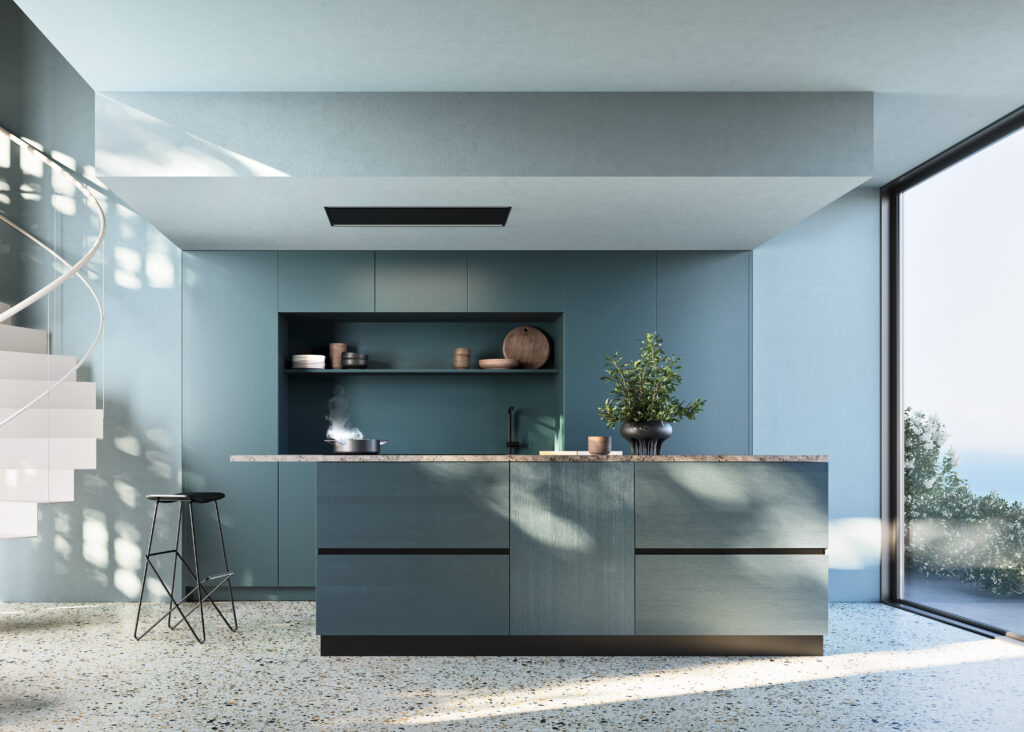The pergola balances the needs of the right and left hemispheres of the brain, by combining openness and protection, spatial geometry and the possibility of moving freely
The human brain has always loved the pergola by nature as it is the only architecture capable of meeting the needs of the right and left hemispheres, as well as offering an ideal balance between what looks beautiful and what we consider reassuring, functional, ergonomic. These are the findings of “Design for Wellbeing”, the third neuroscientific research study carried out by Pratic, leading Italian brand in the outdoor industry, in collaboration with Professor Stefano Calabrese, IULM University of Milan, and Denitza Nedkova, University of Modena and Reggio Emilia.
Download the research Design for Wellbeing here
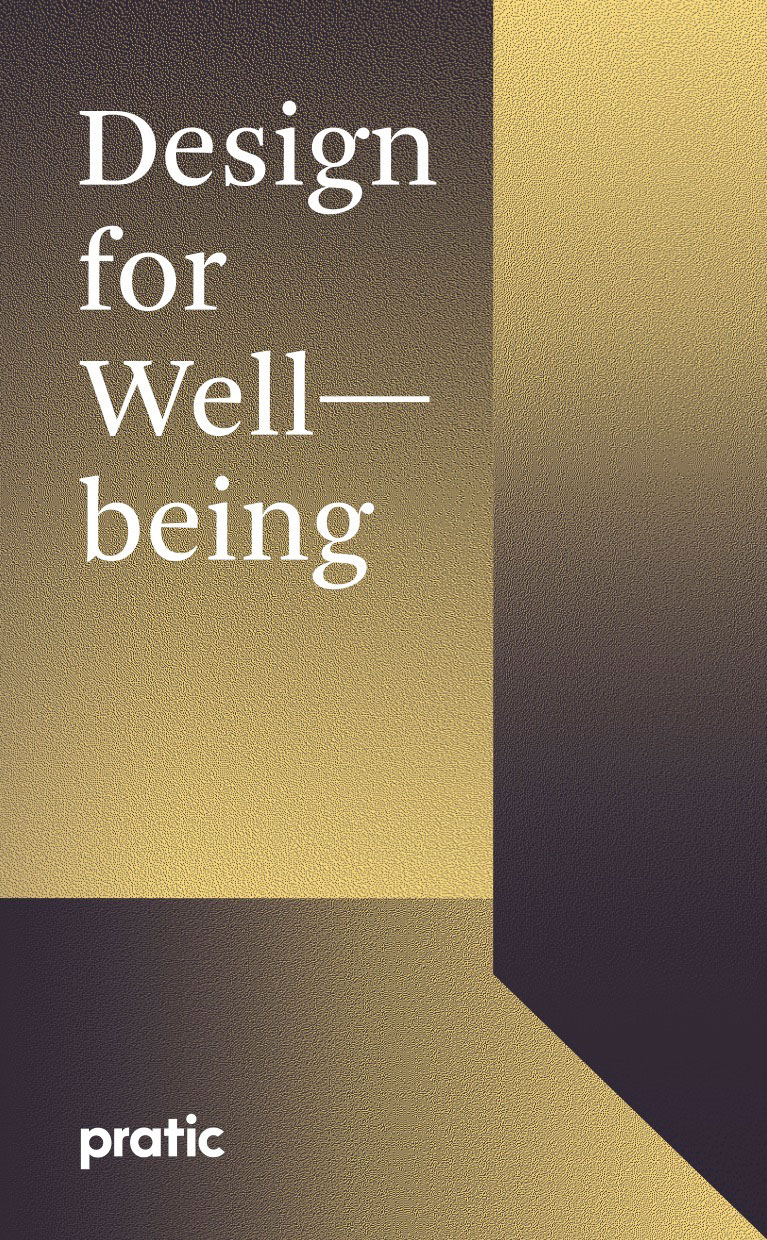
A guide to the architecture of wellbeing
The aim of this study was to test, on the architectural field, the different functions activated by the right and left hemisphere, and to provide professionals who design new living spaces with neurological evidence.
An important premise: the two hemispheres of the brain are two independent yet complementary “engines”, and maximum well-being results from their balance. Nevertheless, the history of Western civilization and of design – except for some short breaks – shows an enduring supremacy of the left hemisphere, characterized by a clear inclination for what is useful, practical, functional.
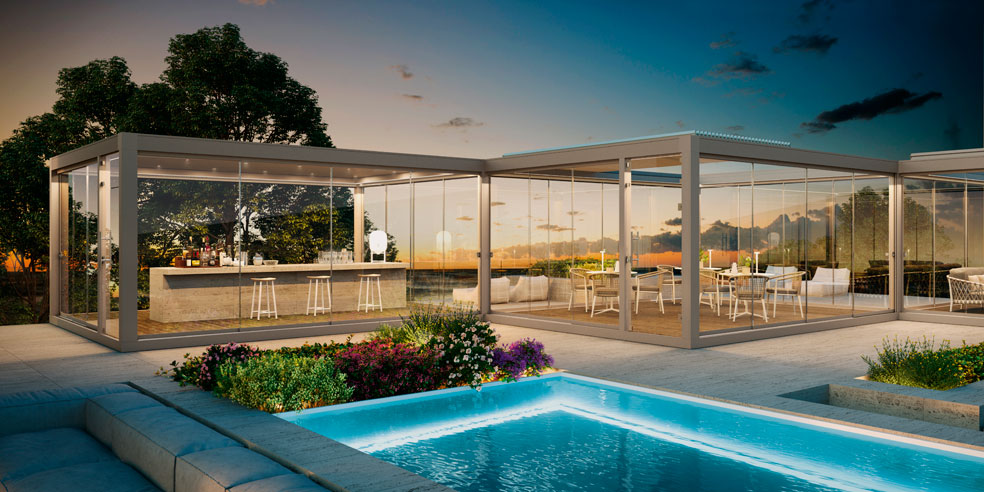
Bioclimatic pergolas from the Brera Series by PraticHowever, many people believe that we need to re-evaluate the right hemisphere, which controls creativity and emotions, which – translated into architecture – also means asking new questions. What types of environmental signals are most useful to help an individual move around in space? Vertical elements, horizontal elements, the perimeter of a closed space? What kind of environment allows individuals to orient themselves better?
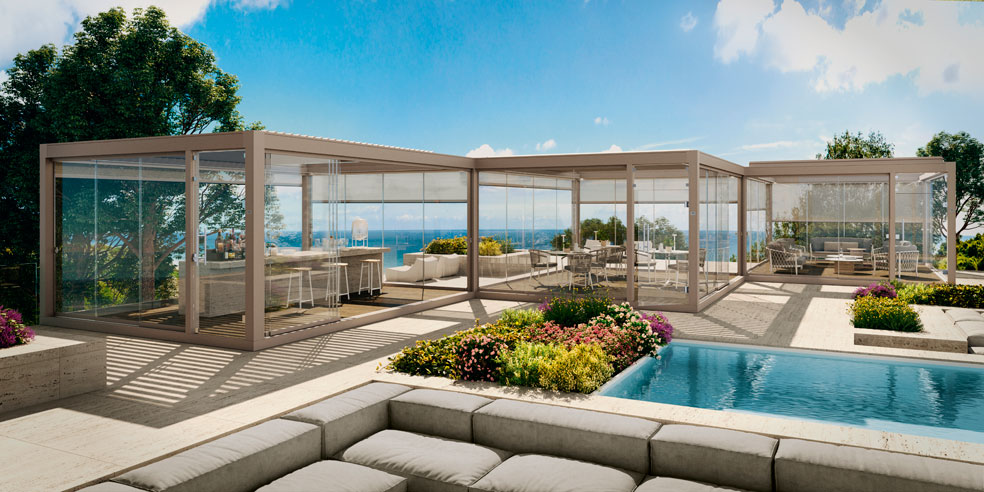
Design for Wellbeing analyzes, through the most recent and relevant international neuroscientific studies, how the combinations of height, openness, geometry, visualization, and amount of green affect the neural state of the brain, giving scientific advice to allow architects to conceive projects that are suitable to the users’ emotional responses.
Discover Slide Glass 60 series of glass doors for verandas
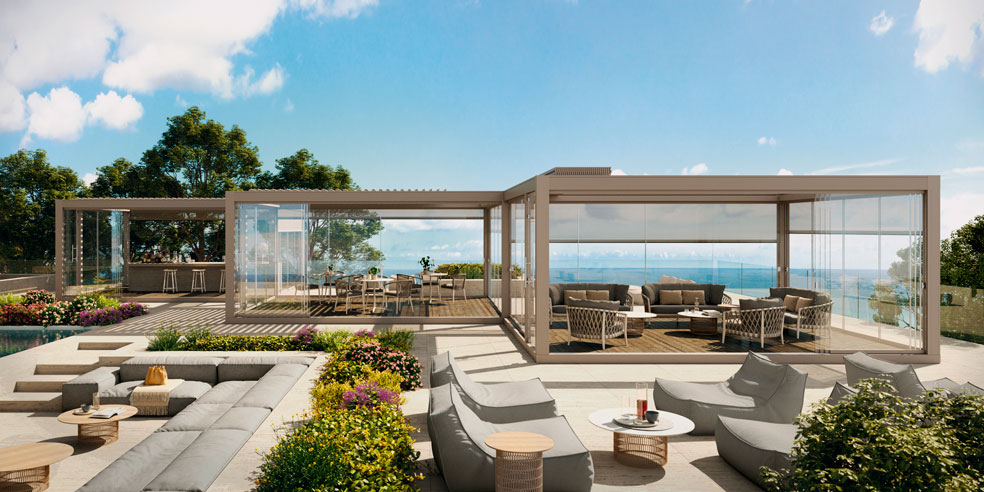
Design between focal and holistic attention
Actually, what we find beautiful not always gives us the necessary confidence to make us want to approach a certain space. The right hemisphere processes, among other things, the holistic view of the environment, geometric modules and spatial orientation; and it is only when we receive an image of an open place, which allows us to see in the distance – even without being seen –, that we develop a positive attitude to the context. On the other hand, our left hemisphere processes focused visual-motor mechanisms, with a precise perception of space; a vision that we accept favorably only if it gives us the possibility of quickly moving away or approaching it.
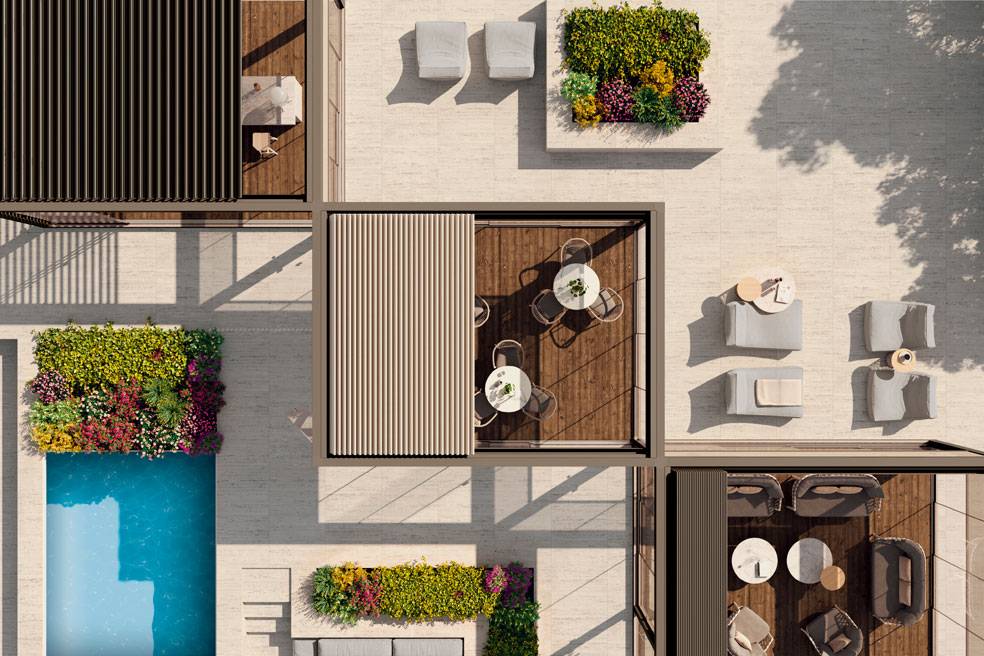
Why is the human brain so attracted by pergolas?
The amazing result of Design for Wellbeing – the research that Pratic offers free of charge at this link – is that a pergola offers openness and protection, spatial geometry and the opportunity to move freely from inside to outside. Moreover, pergolas rigorously respect the so-called Habitat and Prospect-Refuge Theory, according to which the pleasure generated by an environment derives from the fact that it is experienced as satisfying and reassuring for our basic needs.
Glazed perimeter closures and retractable roofs allow you to feel perfectly protected, but also to see in the distance and in every direction, to hide, identify threats and possibly to plan to approach or move away. Conditions dictated by evolutionary and survival processes, which today translate into a natural feeling of well-being in these spaces. Human nature has not changed, and architectures reflect it more than ever.
Pratic and its neuro-scientific researches
Design for Wellbeing is the third neuro-scientific research carried out by Pratic, following Lively Colors, dedicated to the impact of colors on design, and Healthy Lighting, concerning the effects of light on man’s wellbeing.
The three summary documents are available for free here



